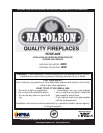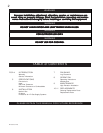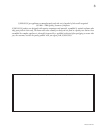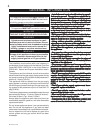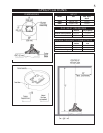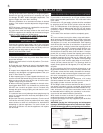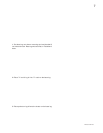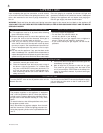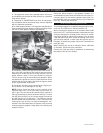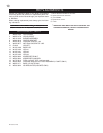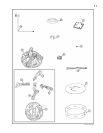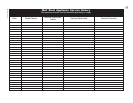Special offers from our partners!

Find Replacement BBQ Parts for 20,308 Models. Repair your BBQ today.
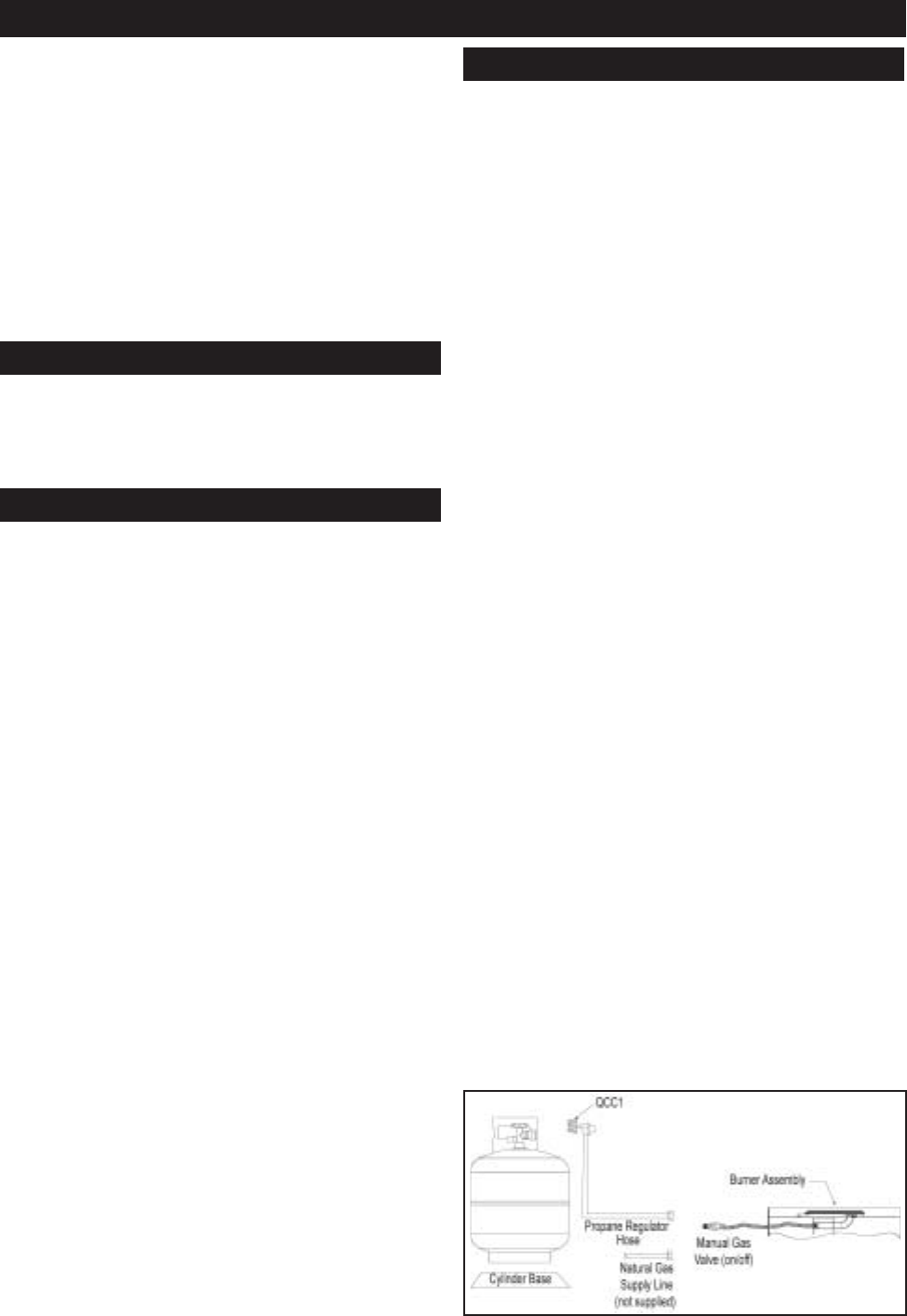
W415-0372 / 02.12.03
6
INSTALLATION
The log set and the burner assembly are shipped together.
Remove the gas log set and burner assembly and check
for damage. DO NOT install damaged components. The
logs are fragile use care when handling.
Place the Patioflame on a level/secure surface in desired
location. This location must be adjacent to the gas supply
cylinder.
NOTE:Minimum clearances to combustible construction
must be maintained. ( See Page 5)
You must have clear and easy access to the on/off valve
AFTER the appliance is installed and connected to the gas
supply in order to safely turn off the burner.
THE ON/OFF GTHE ON/OFF G
THE ON/OFF GTHE ON/OFF G
THE ON/OFF G
AS VAS V
AS VAS V
AS V
ALAL
ALAL
AL
VE IS USED TVE IS USED T
VE IS USED TVE IS USED T
VE IS USED T
O TURN THEO TURN THE
O TURN THEO TURN THE
O TURN THE
BB
BB
B
URNER ON AND OFFURNER ON AND OFF
URNER ON AND OFFURNER ON AND OFF
URNER ON AND OFF
..
..
.
Connect the incoming gas supply line to the on/off gas
valve of the appliance. Make certain ALL gas connections
are tight, turn the on/off valve at the unit slowly to the on
position and use soap water to test for leaks.
DO NOT USE AN OPEN FLAME.
1. Place the cylinder in the ring on the base. Base should
be on level surface.
2. Make sure tank valve is in its full off position. (Turn clock-
wise to stop).
3. Check tank valve features to ensure it has proper exter-
nal mating threads. (Tank Valve Marked: USE WITH TYPE
1)
4. Inspect hose shipped with the unit for damage. Never
attempt to use damaged or plugged equipment. See your
local LP Gas Dealer for repairs.
5. After inspecting the LP hose shipped with the unit, con-
nect the end with the female fitting on the hose to the male
fitting on the on/off gas valve at the end of the flex tube.
Tighten fittings using 2 wrenches.
6. When connecting regulator assembly to the tank valve,
hand tighten black QCC1 nut clockwise to a positive stop.
DO NOT use a wrench to tighten. Use of a wrench may
damage the quick closing coupling nut and result in a haz-
ardous condition.
7. Locate the hose out of pathways where people may trip
over it or in areas where the hose may be subject to acci-
dental damage.
8. Open tank valve fully (counter-clockwise). Turn the on/off
valve at the unit slowly to the on position and use a soapy
water solution to check all connections for leaks before
attempting to light the appliance. If a leak is found, turn
tank valve off and do not use the appliance until repairs
can be made.
NATURAL GAS
LP GAS
ENCLOSURES FOR LP GAS SUPPLY SYSTEMS
If you build an enclosure for an LP gas cylinder, follow
these recommended specifications. You must also follow
local codes.
Enclosures for LP gas supply cylinders shall be ventilated
by openings at the level of the cylinder valve and at floor
level. The effectiveness of the opening(s) for purposes of
ventilation shall be determined with the LP gas supply
cylinder(s) in place. This shall be accomplished by one of
the following:
1. One side of the enclosure shall be completely open;
or
2. For an enclosure having four sides, a top and bottom:
a) At least two ventilation openings at cylinder valve level
shall be provided in the side wall, equally sized, spaced at
180 degrees (3.14 rad), and unobstructed. Each opening
shall have a total free area of not less than ½ square inch
per pound (3.2 sq. cm/kg) of stored fuel capacity and not
less than a total free area of 10 square inches (64.5 sq. cm).
b) Ventilation opening(s) shall be provided at floor level
and shall have a total free area of not less than ½ inch per
pound (3.2 sq. cm/kg) of stored fuel capacity and not less
than a total free area of 10 square inches (64.5 sq. cm). If
ventilation openings at floor level are in a side wall, there
shall be at least two openings. The bottom of the openings
shall be at floor level and the upper edge no more than 5
inches (127mm) above the floor. The openings shall be
equally sized, spaced at 180 degrees (3.14 rad) and unob-
structed.
c) Every opening shall have minimum dimensions so as
to permit the entrance of a 1/8 inch (3.2mm) diameter rod.
3. Cylinder valves shall be readily accessible for hand op-
eration. A door on the enclosure to gain access to the cylin-
der valve is acceptable, provided it is non-locking and can
be opened without the use of tools.
4. There shall be a minimum clearance of 2 inches
(50.8mm) between the lower surface of the floor of the LP
gas supply cylinder enclosure and the ground.
5. The design of the enclosure shall be such that (1) the LP
gas supply cylinder(s) can be connected, disconnected
and the connections inspected and tested outside the cyl-
inder enclosure; and (2) those connections which could
be disturbed when installing the cylinder(s) in the enclo-
sure can be leak tested inside the enclosure.
6. Be certain to mount or set the LP gas cylinder on a flat
surface and restrain it to prevent it from tipping.
Purge the gas supply line of any trapped air prior to the first
firing of the unit.
WARNING: During the initial purging and subsequent
lightings, NEVER allow gas valve to remain in the "Open"
position without first placing and igniting the firestarter.



